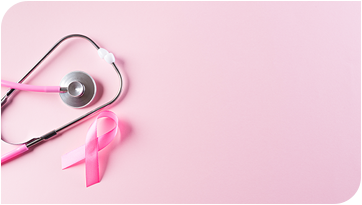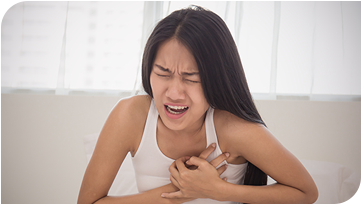Symptom
The symptoms of mastitis vary greatly depending on the type of disease.
Lactation mastitis often acute onset, mainly infectious inflammatory reaction, mostly manifested as redness, swelling, heat, pain and other symptoms.
Non-lactation mastitis often chronic onset, mainly non-infectious inflammatory reaction, mostly manifested as breast lumps, abscesses, can form sinus, repeated attacks, protracted and non-healing characteristics.
Typical symptom
Lactation mastitis
The initial stage of the disease: breast tenderness, increased skin temperature, accompanied by tenderness, and an ill-defined induration of one part of the breast. Inflammatory development stage: the local skin of the breast appears red, swollen, hot, painful, and obvious induration, and the pain is aggravated when touched. At the same time, patients will also have chills, high fever, headache, weakness, rapid pulse and other systemic symptoms. In addition, the armpit may also appear swollen, tender lymph nodes. The disease progresses further: after a few days, the lesion may become necrotic, liquefied, and fuse with each other to form an abscess. Superficial abscesses may rupture outwards, and deep abscesses may penetrate into the loose tissue between the breast and pectoral muscle to form mammary, retroatrial abscesses.
Non-lactation mastitis
The clinical manifestations of plasmacytoadenitis and granulomatous mastitis are similar. Plasma cell mastitis is found in adult women of all ages, while granulomatous mastitis is more common in women of childbearing age, especially within 5 years of pregnancy. The two main manifestations are breast mass and milk, head invagination, nipple discharge, and breast pain. On the basis of chronic lesions, breast mass can be secondary to acute infection and formation of abscess, and the eventual abscess rupture can be formed into glandular tubes, sinuses or ulcers, which will not be healed for a long time.






